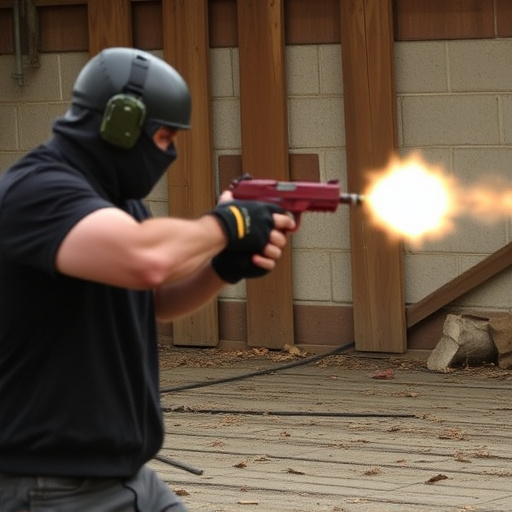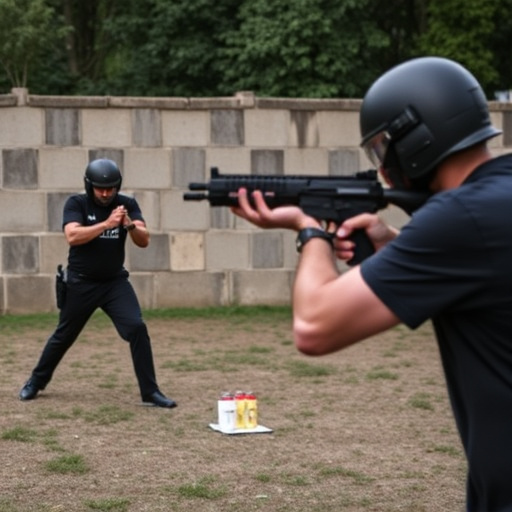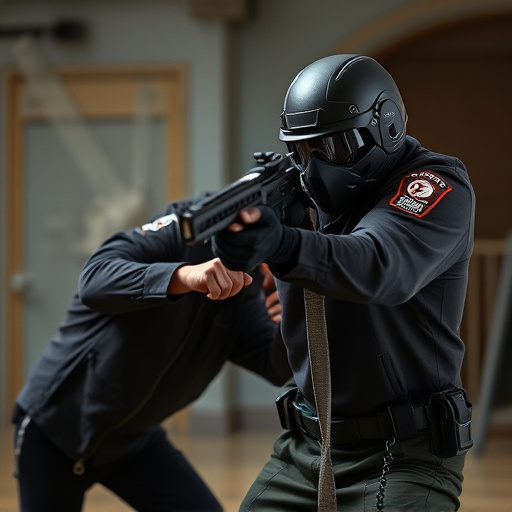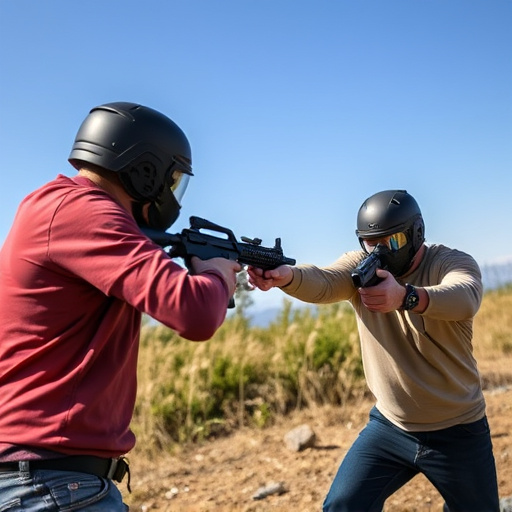In the US, laws around civilian compact stun gun ownership vary state-to-state, impacting runner's self-defense options. While some states have minimal restrictions, others require permits, training, and specific reasons for ownership. Runners interested in using a compact stun gun for safety should research local regulations, complete necessary training, store devices securely, and prioritize safe deployment to avoid endangering others.
“In the pursuit of personal safety, many civilians are turning to compact stun guns, particularly for outdoor enthusiasts and runners. This article explores the intricate web of state laws governing civilian taser ownership, focusing on requirements for acquiring a compact stun gun. We’ll break down eligibility criteria, ensuring you’re informed about safety measures. Additionally, we’ll delve into how these devices can enhance runner’s safety while highlighting key considerations for responsible ownership.”
- Understanding State Laws on Civilian Taser Ownership
- Eligibility Criteria for Carrying a Compact Stun Gun
- Safety Considerations for Runners with Tasers
Understanding State Laws on Civilian Taser Ownership

In the United States, the ownership and carrying of a taser by civilians are governed by state laws, which vary widely across different states. Understanding these regulations is crucial for those interested in enhancing their personal safety, especially during outdoor activities like running. Many runners opt for compact stun guns as a means of self-defense against potential threats or aggressive dogs while on their routes.
Each state has its own set of rules regarding who can possess and carry a taser, the types of tasers allowed, and whether open or concealed carry is permitted. Some states have relatively lenient laws, allowing law-abiding citizens to own tasers with minimal restrictions. On the other hand, certain states have stringent requirements, including mandatory training, background checks, and specific reasons for ownership, such as self-defense or law enforcement purposes. It’s essential for prospective taser owners to research and familiarize themselves with their state’s legislation to ensure compliance and fully understand their rights and responsibilities.
Eligibility Criteria for Carrying a Compact Stun Gun

In many states, individuals looking to carry a compact stun gun for their personal safety, including runners and outdoor enthusiasts, must meet specific eligibility criteria. These requirements often include being at least 21 years of age and having no prior criminal history. Some states also mandate successful completion of a certified self-defense course or training program as a condition for obtaining a permit to carry a stun device. The purpose behind these measures is to ensure that individuals who choose to arm themselves with non-lethal force tools are responsible, law-abiding citizens capable of handling the responsibilities that come with such a decision.
Additionally, states typically have rules regarding where and how a compact stun gun can be carried. This might include restrictions on open carry versus concealed carry, as well as specific requirements for storage and transport. Runners and others who rely on their stun gun for safety while engaging in outdoor activities should familiarize themselves with local and state regulations to ensure compliance and maximize the effectiveness of their self-defense tool.
Safety Considerations for Runners with Tasers

For runners looking to enhance their personal safety while on their daily jogs, a compact stun gun can offer a powerful yet portable option. However, it’s crucial to understand that carrying any type of defense tool comes with responsibilities and potential risks. When considering a stun gun for running, users must prioritize safety measures to ensure effective self-defense without endangering others.
Running with a stun gun requires a thoughtful approach, especially in public spaces. Users should stay informed about local laws regarding stun gun ownership and usage, as regulations can vary significantly by state or region. Additionally, proper training is essential; learning how to deploy the device effectively while running without causing unnecessary harm to an assailant is critical. Proper storage and security of the stun gun are also key considerations to prevent accidental discharges or unauthorized access.
In conclusion, understanding your state’s laws regarding civilian taser ownership, specifically focusing on compact stun guns for enhanced runner safety, is crucial. While these devices can provide a sense of security, it’s essential to meet eligibility criteria and prioritize safety considerations. By staying informed about local regulations and following best practices, runners can legally and responsibly incorporate compact stun guns into their outdoor activities.
